Emergency Plumbing Saint Albert | Fast Service & Trustworthy Solutions
Emergency Plumbing in Saint Albert distinguishes itself with its always-available service, extensive knowledge, steadfast dedication to quality, transparent pricing, diverse service portfolio, engagement in regional neighborhood activities, speedy service delivery, and an unwavering concentrate on ensuring customer complete satisfaction. These attributes position Emergency Plumbing as a trustworthy and highly regarded supplier for all plumbing and heating needs in Saint Albert.
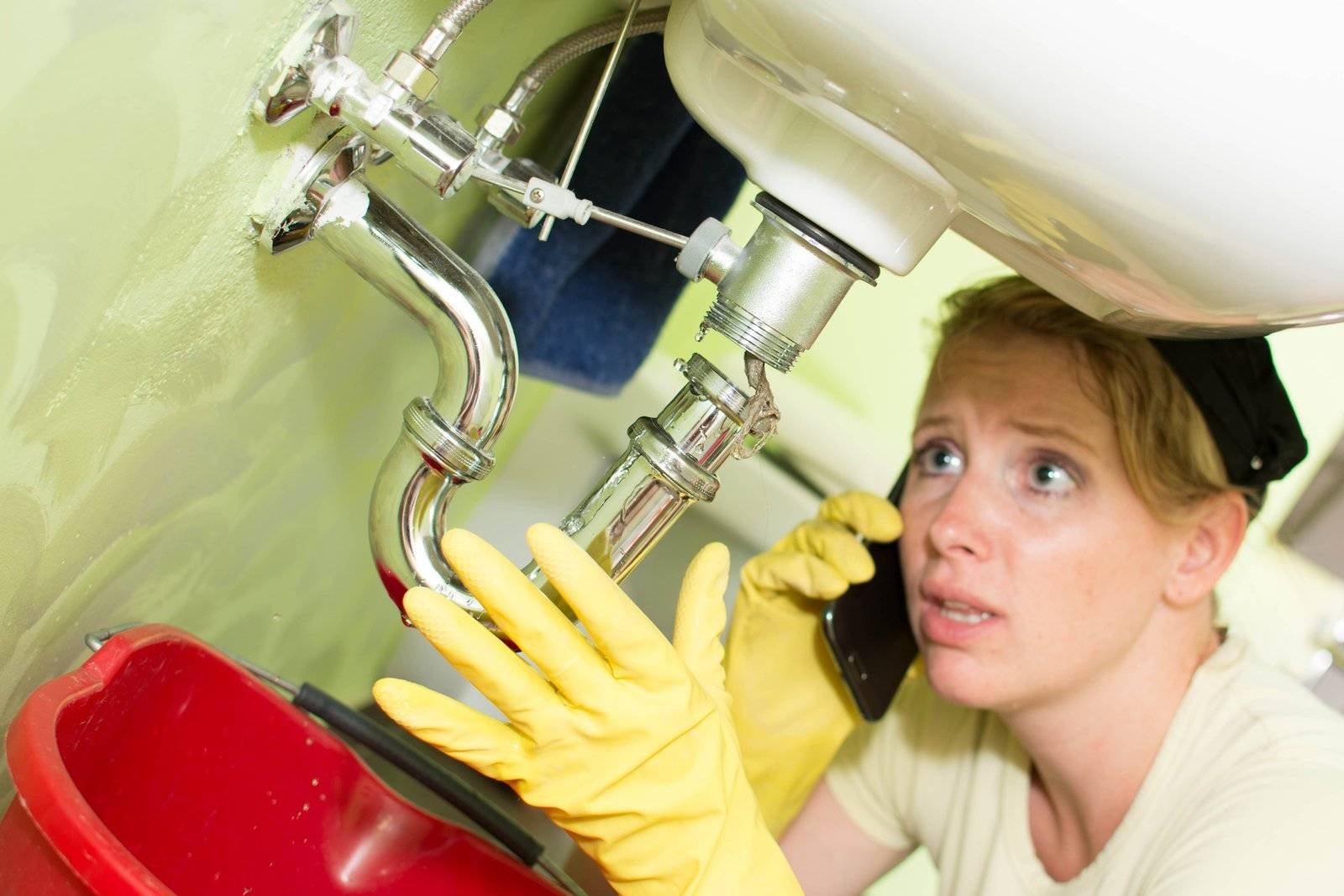
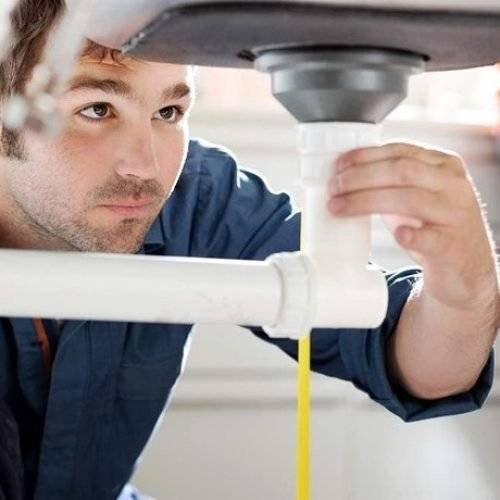
Who Are We?
A Team of Comprehensive Residential Pipes and Heating Specialists
Emergency Plumbing becomes the favored choice for house owners in Saint Albert during plumbing emergency situations. A host of essential factors contribute to the sustained trust it enjoys within the Saint Albert neighborhood. At its core, Emergency Plumbing is supported by a group of extremely trained and accredited plumbers, geared up to rapidly tackle any emergency, be it leakages or blockages. Their swift and effective analytical technique is unrivaled.
Homeowners in Saint Albert particularly appreciate the business’s transparent pricing policy, which guarantees no hidden fees. This policy, in addition to Emergency Plumbing’s robust reputation and the glowing reviews from pleased customers, highlights their unwavering dedication to customer complete satisfaction. With extensive experience, advanced innovation, and a credibility for dependability, residents of Saint Albert can confidently rely on Emergency Plumbing to expertly manage their plumbing and heating concerns.
How can we help you?

Handbook for Handling Pipes Emergency Situations
Do you remember a time when a plumbing emergency that changed your day from calm to chaotic? Pipes concerns can be comparable to abrupt twists in our every day lives – unforeseeable and in some cases chaotic. This handbook will help you in comprehending and deal with common plumbing emergency situations efficiently.
Understanding Pipes Emergency Situations
What Defines an Emergency Situation?
While not every plumbing issue requires immediate action, some scenarios need immediate attention. It’s comparable to discerning between a small scrape and a serious injury– the latter demands immediate treatment.
Dealing with Ruptured Pipe Situations
Urgent Actions
When a pipeline bursts, it resembles a dam bursting. Rapidly shut off your primary water system to stop flooding.
Handling the Problem
Up until help arrives, attempt to contain the water spread. It’s like using sandbagging during a flood — a temporary but effective option.
How to Address Critical Leakages
Spotting the Core
Locating the root of a water leakage in your house is crucial to prevent extensive damage, mold growth, and structural concerns. Early detection minimizes pricey repairs, preserves the stability of the home, and makes sure a healthy living environment by preventing moisture-related health problems. It’s essential for home maintenance.
Fast Fixes
To manage a leak up until the plumbing technician arrives, initially, turn off the water system to stop the flow. Location a pail under the leakage to catch water, and utilize towels to soak up spills. Apply plumbing technician’s tape or epoxy to briefly seal small leakages. Keep the area dry to prevent additional damage and hazards.
Overflowing Comodes: An Usual Nightmare
Stop Flow
When your toilet overflows, immediately turn off the water system using the valve behind the toilet. Next, mop up the overflow to prevent water damage. Utilize a plunger to attempt clearing the obstruction. If not successful, a plumbing snake may assist. Always wear gloves for health. If the problem persists, call a professional plumbing technician. Keep in mind to clean and decontaminate the affected area thoroughly.
The Mighty Force of the Plunger
Plungers offer a quick, economical option to the common issue of stopped up drains pipes in homes, conserving house owners from pricey plumbing repairs. By producing a vacuum seal and using manual pressure, plungers can quickly remove blockages in toilets, sinks, and showers. This simple tool is vital for maintaining uninterrupted water flow, making it an important ally in home maintenance.
Obstructed Drains and Blockages
Identifying the Obstruction
To recognize the source of a drain obstruction, start by observing which drain is affected. Slow drain in a single component recommends a localized obstruction. Numerous stopped up drains pipes could suggest an issue even more down the system. Look for noticeable blockages, utilize a plunger, or a drain snake. Consistent concerns may need a video camera evaluation by specialists to determine the exact place of the obstruction.
Do-It-Yourself Solutions
Plungers and snakes work for small obstructions, dislodging blockages in sinks, toilets, and drains pipes. Plungers produce pressure to push blockages through pipes, while snakes navigate deeper to eliminate debris. These tools fast, low-cost solutions, often fixing small obstructions without the requirement for professional intervention.
If you’re wondering when
it’s time to
Contact
a Specialist.
Assessing Severity
When faced with plumbing concerns exceeding their knowledge, house owners must quickly look for professional help. Significant leakages, burst pipes, sewer backups, stubborn obstructions, and water heater breakdowns need the abilities of a skilled plumbing technician. Prompt intervention not just prevents additional damage but also makes sure a safe and effective resolution. Do not think twice to call for professional help when required to keep the stability of your home’s plumbing system.
Locating a Dependable Plumbing Expert
Go with a credible , certified plumbing technician for immediate scenarios. It’s like selecting a competent mechanic for your vehicle– you need someone you can rely on.
Protective Steps
Periodic Checks and Maintenance
Regular plumbing checks are crucial for house owners to prevent pricey repairs and water damage. Expert examinations identify hidden concerns early, ensuring prompt resolution and protecting the home. In addition, they enhance plumbing system performance, causing long-term savings on water usage and expenses, while promoting a safe living environment.
Understand Your Pipes
Mastering essential plumbing abilities makes it possible for house owners to promptly recognize and resolve small concerns, decreasing repair expenses. This knowledge fosters clear communication with specialists, makes sure prompt maintenance, and promotes water conservation, adding to a more secure and more ecologically mindful home in the long run.
Ensuring Security: Key Considerations
Water and Electricity: A Dangerous Combination
Comprehending the threats of electrical gadgets near water leakages is essential for house owners to prevent accidents. Water’s conductivity increases the threat of shocks or fires when electronic devices are involved. Awareness is essential to preventing potentially lethal events, safeguarding lives and home. Rapidly recognizing and addressing these hazards is crucial for ensuring a safe home environment and decreasing pricey damages.
Using Instruments Securely
Ignoring safe tool practices in do it yourself plumbing exposes house owners to numerous threats. Mishandling can result in cuts, punctures, or abrasions, triggering injuries and possible infections. Inaccurate tool usage may hurt plumbing fixtures or pipes, exacerbating concerns and potentially necessitating pricey repairs. In addition, improper tool usage increases the opportunity of leakages or floods, resulting in home water damage. Prioritizing safe tool practices is important to avoid injuries, home damage, and additional plumbing problems.
To Sum Up
In concluding, while encountering plumbing obstacles may appear frustrating, possessing the appropriate knowledge can considerably relieve the process. Whether it’s identifying troubles, taking initial actions, or understanding when to look for aid, readiness is essential. Consistent maintenance and a great grasp of your plumbing setup can dramatically decrease the chance of such concerns. So, when you run into a plumbing problem, remember this overview and approach it with self-confidence. Stay calm, and remain attentive regarding your plumbing — your house will thank you for it!

Manual to Furnace Emergencies
Have you ever found yourself in a chilly scenario in your home, where your heating unit selects to take a unintended break? It is comparable to your vehicle declining to begin on a cold winter early morning. Heating emergency situations are no joke, specifically during the cold months. Let’s speak about how to deal with these scenarios carefully and securely.
Identifying a Heat System Crisis
Recognizing the Signs
Acknowledging the indications of a heating emergency in your home is crucial to prevent possible hazards and pricey repairs. Secret signs consist of uncommon noises like banging or whistling from the heating system, which can suggest mechanical concerns. A persistent cold regardless of having the heating on, or a sudden spike in energy expenses, could signify system inefficiencies or failure. The smell of gas or burning from the heating system is a serious warning sign of a prospective fire threat or gas leakage, needing immediate attention. In addition, the appearance of soot around the heating system or a failure to start up can also symbolize critical issues. If any of these signs happen, it’s important to get in touch with a professional without delay.
Understanding the Importance of Prompt Reaction
When a heating system emergency strikes, the clock starts ticking. Quick and effective actions are crucial to alleviating damage, preserving warmth, and ensuring the safety of your home and its residents. This article looks into the vital steps house owners must take in the face of a heating system crisis. From identifying early indication to understanding when to call in specialists, we’ll direct you through browsing these stressful scenarios with self-confidence. By equipping yourself with the best knowledge and action methods, you can lessen downtime, prevent pricey repairs, and keep the comfort and security of your living environment, even in the midst of an emergency situation.
Frequent HVAC Problems
Furnace Breakdown
It’s a definite emergency when your furnace stops working. It’s similar to your home’s heart stopping – swift measures must be taken to restore warmth.
CO Leaks
A quiet yet dangerous hazard, carbon monoxide leaks are serious. If your CO detector alerts, it’s as urgent as a smoke alarm.
Gas Leaks
Noticing a gas smell around your furnace is like smelling smoke – leave the area at once and contact emergency services.
Electrical Problems
Lights that flicker or breaker trips when your heating system is operating can indicate issues with your electrical system. It’s like your home’s wiring emitting alerts.
Actions to Follow in a Heating Emergency
Safety First
In case of suspicion of a gas leak or carbon monoxide presence, leave the area at once. It’s like following a fire drill protocol – priority to safety.
Assess the Issue
Try to pinpoint the issue without risking your safety. It’s like diagnosing a car problem before deciding whether to drive it to the garage or use a towing service.
Request Specialized Help
In most cases, heating emergencies require professional intervention. It’s like summoning a specialized mechanic rather than attempting tinkering with your car’s engine on your own.
Precautionary Steps
Regular Maintenance
Routine maintenance of your heating system can avoid emergencies. It’s like consistent car maintenance to avoid unexpected breakdowns.
Installing Sensors.
Ensure you have functional carbon monoxide and smoke detectors. These are your first line of defense, much like seatbelts for car safety.
Handling the Cold While Help Arrives
Substitute Warmth Sources
Use safe alternative heating sources like portable heaters or wood stoves. It’s like having a backup tire – a temporary solution until you can resolve the main issue.
Keeping Warm
Dress in layers, employ blankets, and shut unused rooms to keep heat. It’s like dressing for a winter hike – planning ahead is key.
Safeguarding Your Plumbing
In severe winter conditions, protect your pipes by letting faucets drip. It’s like ensuring a minor water flow to keep pipes from freezing over, comparable to keeping a car battery charged in cold weather.
Long-Term-Strategies
Upgrading Your System
Consider adopting a more dependable and energy-efficient heating system. It’s akin to swapping an old, inefficient car for a newer, more dependable model.
Smart Thermostats
Setting up a smart thermostat can help avoid emergencies by alerting you to issues. It’s like having a smart home system that alerts you to safety issues.
In situations where to do it yourself and When not To
Comprehending One’s Boundaries
Though some minor issues are handled by a competent homeowner, understand when a problem is beyond your DIY skills.
Conclusion
In summary, handling heating emergencies effectively is all about recognizing the signs, taking prompt action for safety, and seeking professionals when needed. Regular maintenance and being prepared can help prevent these emergencies. Remember, your home’s heating system is as crucial as any vital system in your life, like your car or your health – it requires attention, care, and sometimes professional intervention. Stay cozy, stay safe, and don’t hesitate to ask for help when you need it. Here’s to a comfortable and trouble-free winter in your home!
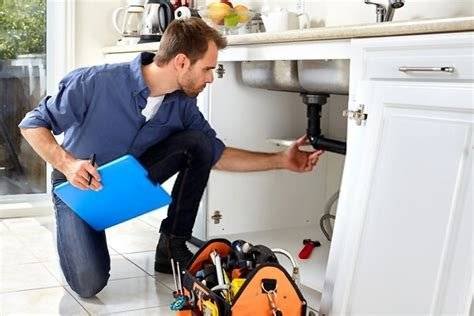
How Can You Prevent Emergency Plumbing Situations?
Have you ever been in a situation where you had a plumbing emergency, such as a burst pipe, and thought about how you could have avoided it? It’s a bit like wishing you had checked the weather before a sudden downpour. Plumbing emergencies can be a real hassle, but with some proactive measures, many can be prevented. Let’s explore how you can ensure your plumbing remains trouble-free and avoid unexpected plumbing disasters.
Routine Care: The Foundation to Prevention
Schedule Periodic Check-Ups.
Regular examinations by a plumbing professional are essential for identifying possible concerns early, preventing pricey emergency repairs. These specialists can identify inefficiencies, leakages, and wear and tear before they intensify, guaranteeing your plumbing system remains robust and effective, ultimately saving money and preventing disruptions in your every day life.
DIY Evaluations
For house owners, performing standard plumbing checks is vital for maintaining a practical and effective home system. Regularly examining pipes for deterioration or leakages, testing water pressure, and examining faucets and toilets for drips or uncommon noises can avoid serious concerns. Examining the functionality of sump pumps and hot water heater, as well as ensuring that drains pipes are clear and devoid of blockages, are also essential tasks. Seasonally, it is very important to validate that outdoor spigots and irrigation systems are in good working order. These simple checks can assist prevent pricey repairs, decrease water wastage, and extend the life expectancy of your plumbing infrastructure.
Pay Attention of What Goes Down the Drain.
In the Cooking Area
Being mindful of what you put in your kitchen sink is important to avoid plumbing issues. Prevent putting fats, oils, and grease down the drain as they strengthen in pipes, triggering blockages. Hard-to-grind items like eggshells and coffee grounds can also block your system. Using sink strainers helps capture strong particles, and routinely running hot water can assist keep oils moving. For homes with disposals, ensure just disposal-safe items are processed. These simple habits can substantially extend the life of your plumbing and decrease the possibility of pricey repairs.
In the Bathroom
Be careful what you flush down your toilet to prevent obstructions and sewage backups. Only human waste and toilet tissue must be flushed. Products such as wipes, even those labeled “flushable,” womanly health items, cotton swabs, and floss can seriously obstruct plumbing. Informing home members on these guidelines can assist keep a practical and blockage-free sewer system.
Watch for Warning Signs.
Slow Drainage.
A sluggish draining pipes drain often indicates a blockage. Indication consist of water pooling around the drain, gurgling noises, and unpleasant smells originating from the drain. These signs suggest building up debris or a buildup in your pipes, necessitating prompt attention to prevent a total obstruction or backup.
Odd Sounds or Odours.
Bubbling noises or unpleasant odours can indicate a problem in your plumbing system. It’s comparable to noticing a rattling sound in your car or noticing an unusual smell – signs not to be ignored.
Familiarize yourself with Your Primary water shut-off.
Location and Operation
In case of a major leak, be aware of where your main water shut-off valve is and how to use it. It’s like understanding how to handle a fire extinguisher – crucial in an emergency.
Insulate Your Plumbing.
Preventing Frozen Pipes.
In chilly regions, insulating your pipes is as important as car winterization. It can stop them from freezing and bursting.
Steer clear of Chemical Drain Cleaners.
The Bitter Reality
While chemical drain cleaners might seem a quick fix, they can really hurt your pipes gradually. It‘s like using a quick-fix item on your vehicle that winds up causing long-term damage.
Proceed with Care when doing DIY Repairs
Be aware of Your Boundaries.
If you’re proficient, you might be drawn to deal with plumbing repairs yourself. However understand your limitations– some jobs are much better dealt with by the specialists, comparable to complex vehicle repairs.
Putting money into Upgrades
Up-to-date Fittings
Changing old fixtures with more effective ones can avoid common plumbing concerns by decreasing the possibility of leakages and blockages. Newer fixtures often include innovative designs that enhance water flow and decrease wear and tear, ultimately conserving water and decreasing maintenance costs gradually.
Educate Everyone in the Home.
Imparting Wisdom
Make sure all home members knows the basics of plumbing care, like not flushing specific items. It‘s like educating everybody in the family standard vehicle care tips.
To Conclude
In conclusion, preventing plumbing emergency situations mostly depends upon regular maintenance, mindful habits, and being alert to cautioning indications. Just like maintaining your vehicle or health, proactive care of your plumbing can avoid the tension and expenditure of abrupt concerns. A little preventative action can substantially enhance the longevity and health of your plumbing system. Stay mindful, and your pipes will serve you well for many years.
What are the Indicators of an Looming Plumbing Problem?
 Introduction
Introduction
Ever had that sense of unease when something’s not quite right with your plumbing? Just like the enigmatic check engine light in your car, your home’s plumbing system has its ways of sending out distress signals. Identifying these early warning signs can save you from a plumbing disaster. Let’s explore these revealing signs.
1. Delayed Draining Basins and Tubs
Delayed Draining Basins and Tubs
When water drains slowly, it’s like a congestion in your pipes. Slow drains often indicate a blockage, which can escalate into a major clog if not treated.
2. Glugging Sounds from Sinks
The Plumbing Concerto
Gurgling sounds in your drainage or toilet systems can be as alarming as strange noises from your car’s engine. This usually indicates air being trapped within the plumbing, signaling a blockage.
3. Unpleasant Scents
An Foul-smelling Scenario
Nasty odours emanating from your drains are like a cautionary signal – a sign that something’s not right. This could be due to trapped waste decomposing in your pipes.
4. Aqua Pressure Problems
The Stream Influence
Low water pressure can be exceptionally frustrating, resulting in ineffective rinsing, prolonged bathing and dishwashing times, and reduced performance of water appliances. It often makes daily tasks more lengthy and tough, affecting general comfort and convenience in the home.
5. Cloudy H2O
Unwelcome Hues in Your Water
Yellow water streaming from taps normally indicates contamination or rust in the pipes. This staining can be caused by a variety of concerns, such as old iron pipes corroding or disturbances in the local water system stimulating sediments. It’s important to investigate the source of the yellow water to guarantee it’s safe for usage and usage, and to prevent possible health threats.
6. Recurring Obstructions
The Never-Ending Footwear Saga
When you’re repeatedly battling clogs, it’s like continuously fixing the same problem on your car. Ongoing clogs can indicate a more serious issue in your pipes.
7. Wet Spots on Surfaces or Overheads
Mysterious Wetness
Wet areas on walls and ceilings are often signs of water leakages. Consistent moisture can result in mould growth, structural damage, and peeling paint. It’s crucial to investigate the source quickly and address the underlying problem to prevent additional damage.
8. Elevated Water Charges
A Costly Hint
Rising water expenses can often suggest hidden leakages within your plumbing system or inefficient appliances using excessive water. Regularly looking for leakages and updating to water-efficient fixtures and appliances can help mitigate these unforeseen boosts and save valuable water resources.
9. Leaking Toilets
The Continuous Flush
A continuously running toilet is a relentless inconvenience, wasting water and money. The relentless noise of streaming water ends up being a consistent background noise, interrupting peace and concentration. Left unaddressed, it can substantially pump up water expenses and contribute to environmental stress. Prompt repair or replacement of malfunctioning elements is important to bring back tranquility and avoid unnecessary resource depletion.
10. Visible Corrosion on Pipes
Oxidized Revelations
Observable deterioration on pipes manifests as noticeable degeneration or staining on the surface of the piping material. Typical indications consist of rust development, greenish or bluish discolorations, pitting, flaking, or scaling. These signs often suggest underlying concerns such as direct exposure to wetness, chemicals, or environmental factors. Regular evaluation and maintenance are crucial to identify and address deterioration early, preventing structural weakening, leakages, or pipeline failure. Prompt intervention through deterioration control measures can extend the life expectancy and stability of piping systems, ensuring functional safety.
Safety Precautions: Better Safe Than Sorry
Regular Plumbing Checks
Regular plumbing examinations are crucial for maintaining a practical and safe home. These examinations assist identify leakages, recognize possible concerns early, and avoid pricey repairs. By scheduling routine examinations, house owners can guarantee their plumbing system runs efficiently, decreasing the threat of water damage and ensuring access to clean water for their home needs.
DIY Examinations
Regular do it yourself plumbing examinations are crucial for identifying and addressing possible concerns early on, preventing pricey repairs and water damage. Looking for leakages, examining pipeline stability, and tracking water quality can assist keep a safe and effective plumbing system, ensuring uninterrupted access to clean water and a practical home.
Conclusion
In conclusion, being aware of these plumbing warning signs can save you from the hassle and cost of significant repairs. Just as you wouldn’t ignore your car’s warning lights, don’t overlook these signs in your home’s plumbing . Detecting and addressing these early is crucial. Remember, when in doubt, calling a professional plumber can provide peace of mind and keep your plumbing in excellent condition. Be vigilant, be proactive, and maintain smooth running pipes!
Have a Plumbing Emergency in Saint Albert?
Picking Emergency Plumbing for your plumbing concerns suggests selecting reliable, speedy service. Our group of skilled specialists can deal with a large range of plumbing emergency situations, ensuring prompt and practical solutions. We prioritize your safety and comfort, offering 24/7 accessibility to address immediate requirements. Our dedication to quality workmanship and customer complete satisfaction sets us apart, making us a relied on choice for fixing your plumbing issues efficiently. With Emergency Plumbing, you‘re in capable hands.

Our Work
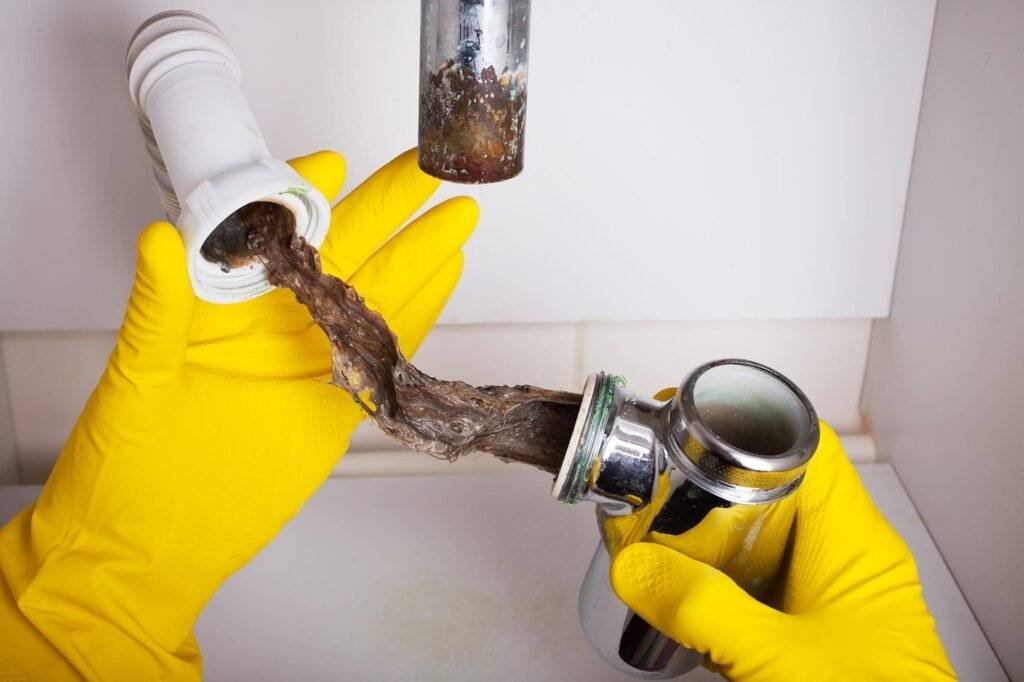
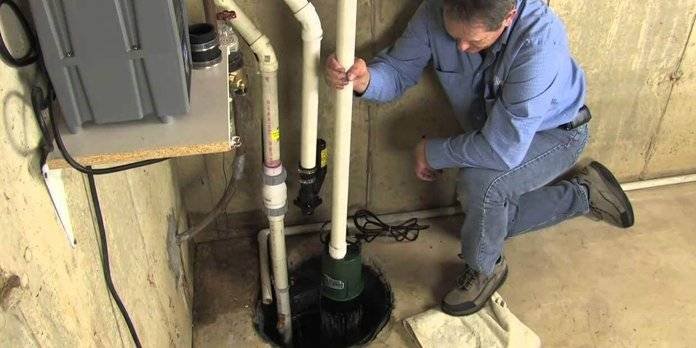
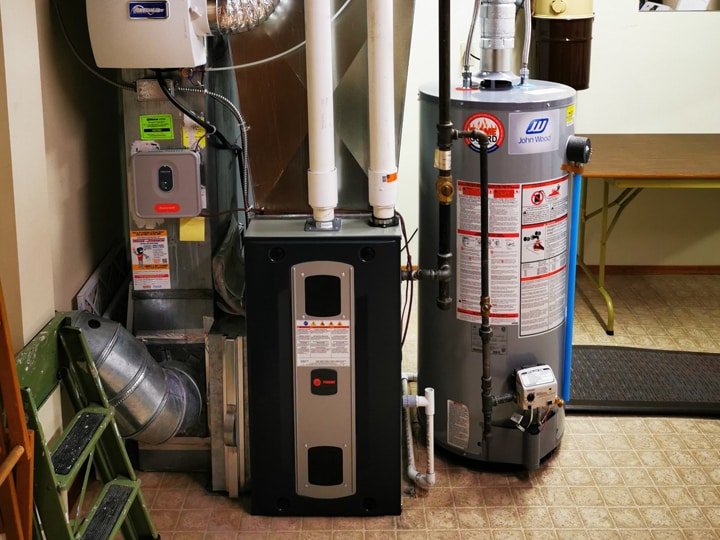
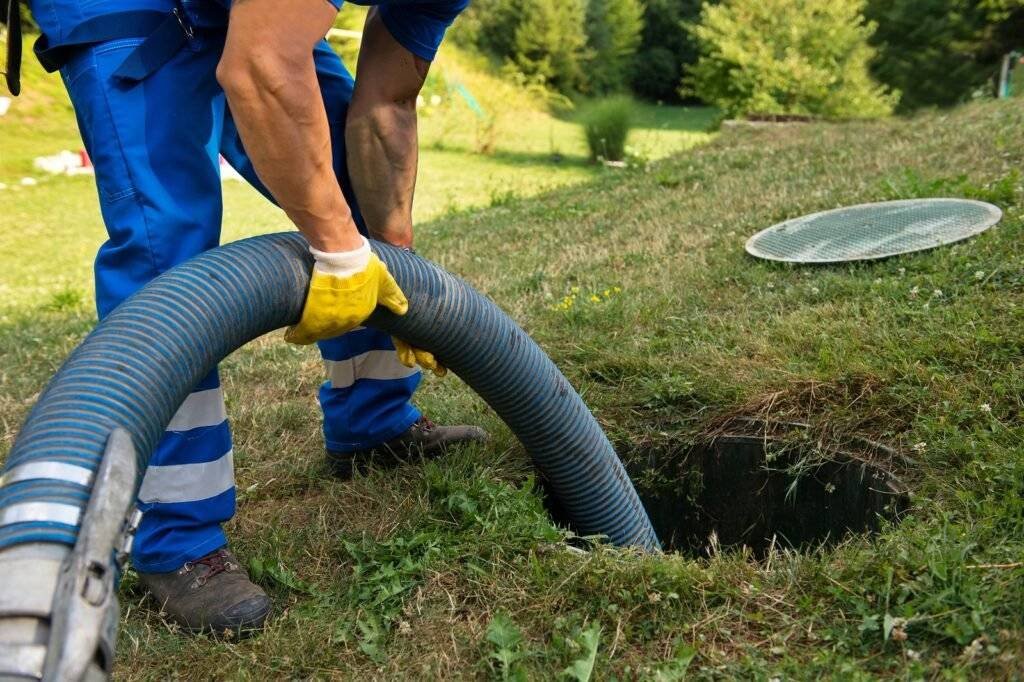
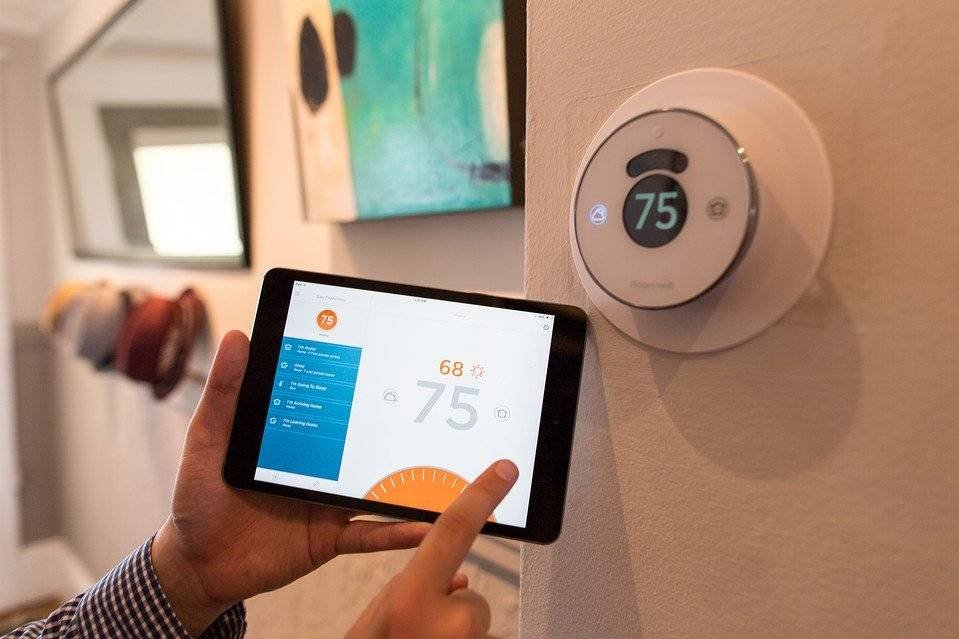
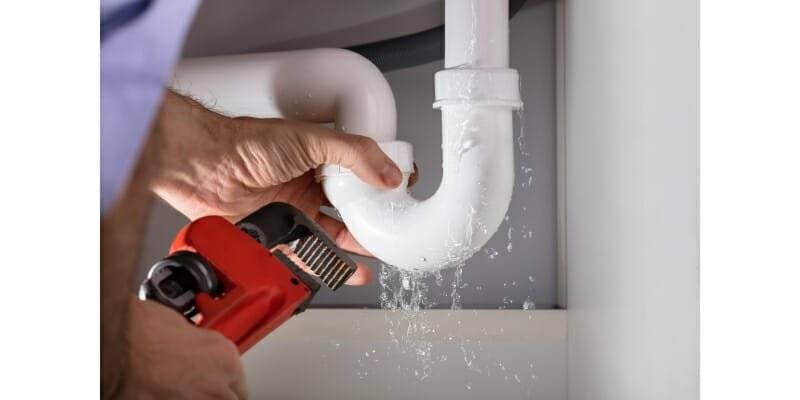

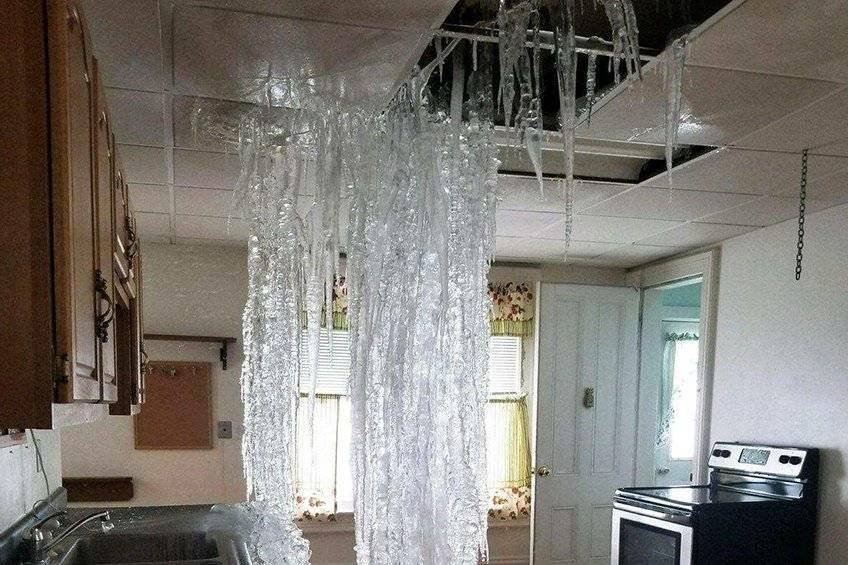
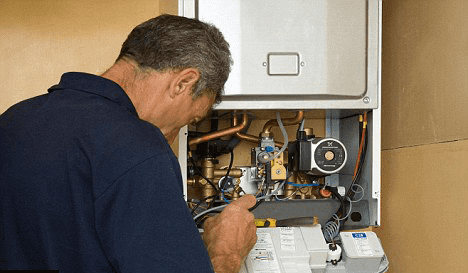



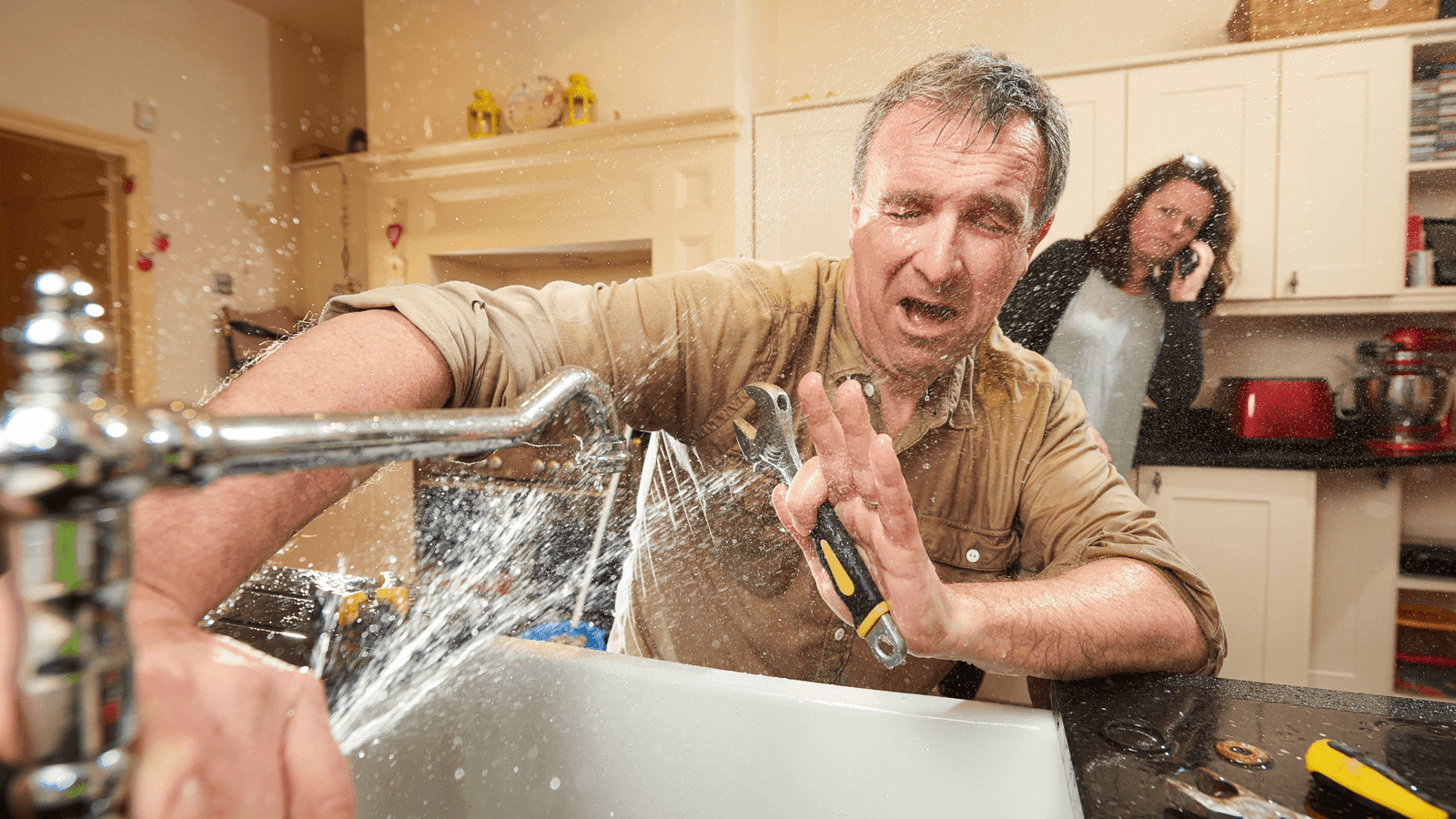 Introduction
Introduction